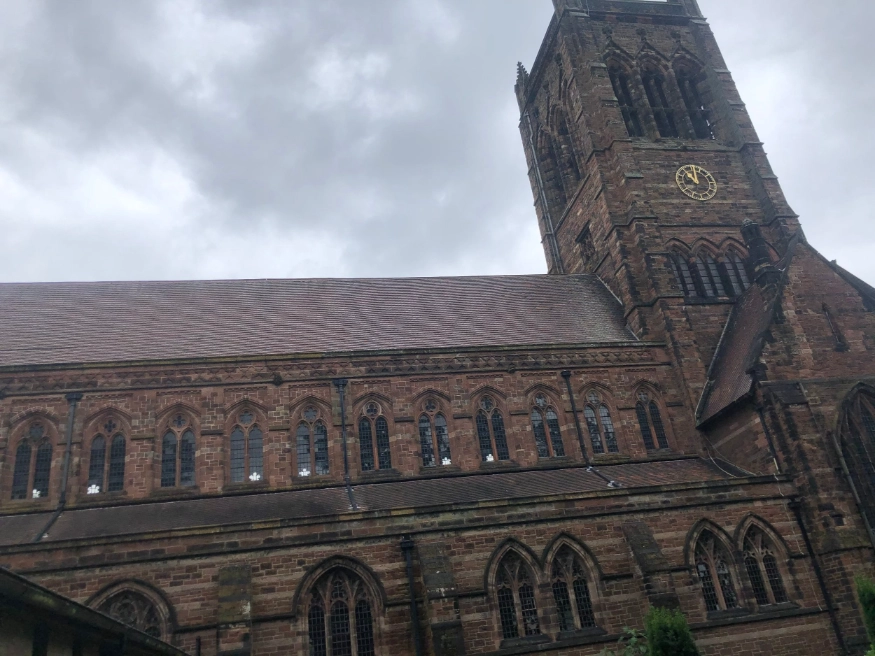
Nestled in the charming Sefton conservation area of Liverpool, England, St. Matthew and St. James’s Church serves as an active Anglican parish within the esteemed South Childwall deanery. This historic building is a designated Grade II* listed structure, celebrated for its architectural and cultural significance in the National Heritage List for England.
Our Net-Zero report was crafted to explore and inform critical decisions regarding the church’s future heating system, delving into the nuances of the existing systems and evaluating for improvement, ensuring the church remains a welcoming space for the community.
Key Highlights of the Report:
Current Heating System Assessment
Assessment of the existing heating system—Worcester and Remeha condensing boilers with a mixture of cast iron and traditional radiators.
Industry Standards in Church Heating
Outlining recognised industry standards for effective church heating systems, emphasising best practices to maintain comfort while respecting the buildings unique character.
Operational Review
An evaluation of the church’s specific operational practices, accounting for its architectural design, uses and the needs of the congregation and other users.
Heating Profile Comparisons
Comparison of best practice and typical heating profiles for a church, with current energy usage to gain a more accurate understanding of heating demands and energy usage.
Innovative Heating Solutions
A proposal of viable heating options for consideration, tailored to meet functional, aesthetic and usage requirements
Planning Guidance and Grant Opportunities
Insights offered into necessary planning considerations and potential grants available to support the heating upgrade.
Cost-Benefit Analysis and Conclusions
A comprehensive cost-benefit summary presented, guiding stakeholders toward informed decisions that will ensure the church’s sustainable future.